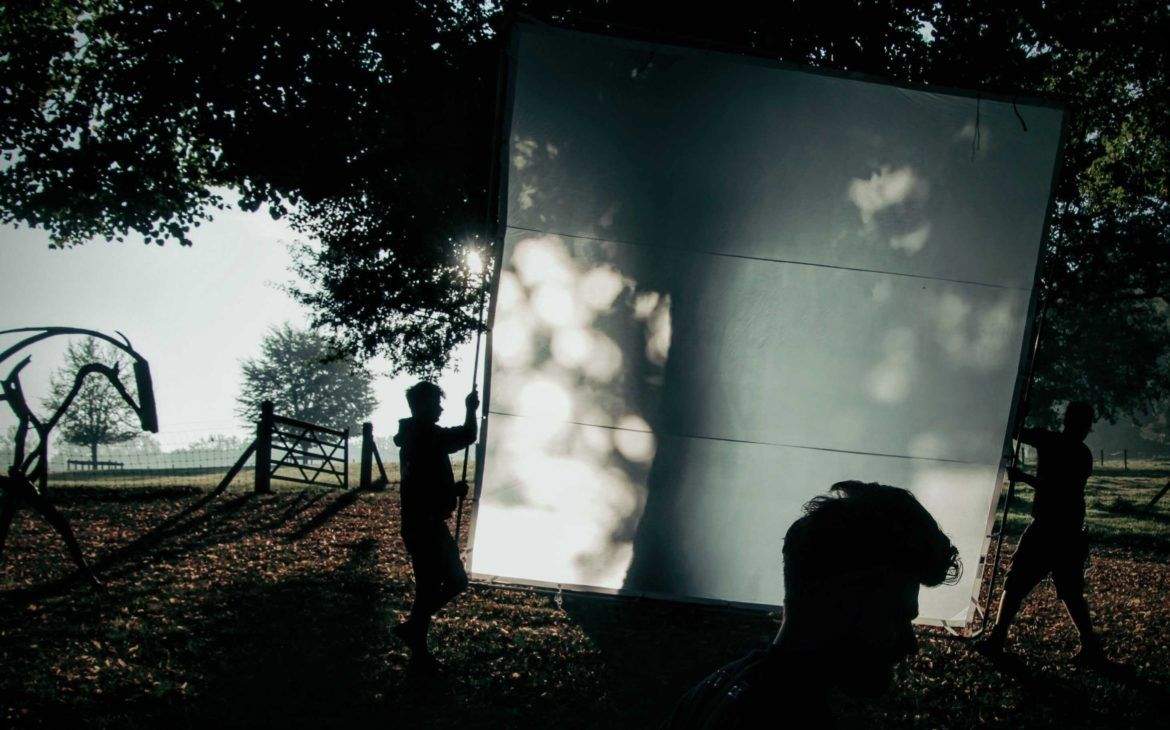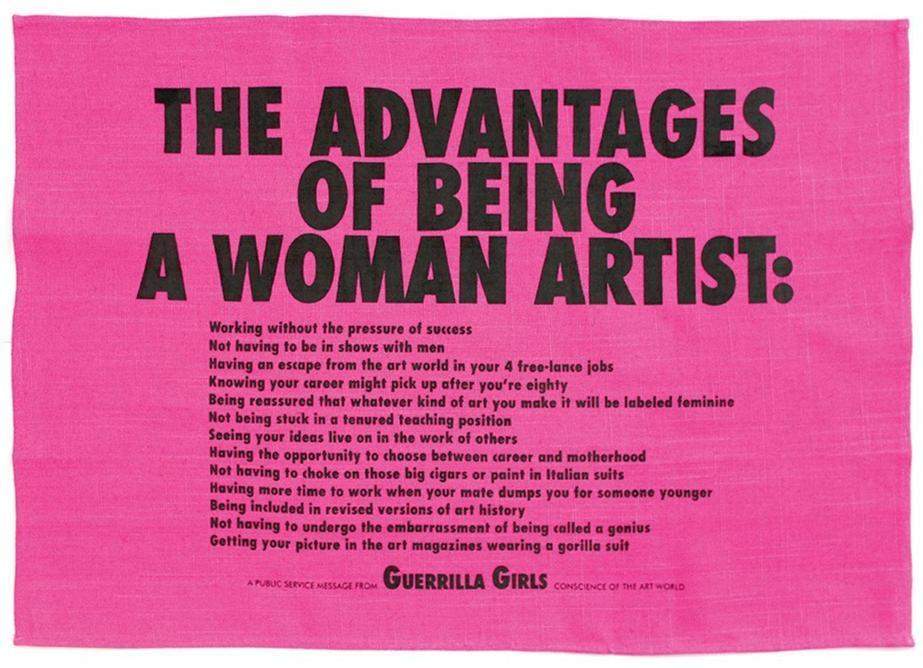
When I left home to study cinematography at the Insas film school, my mother brought me a gift from Great Britain: a fuchsia pink t-shirt entitled “the advantages of being a woman artist”, created by a group of feminist artists called the Gorilla Girls. I wore it proudly, first at school, then on set, telling myself that it was for fun and somewhat a bit committed, so it was a good thing to do. In fact, it especially allowed people to squint at my chest while pretending to read the text written in small print, just at the height of my bra. The fact remains that I did not understand until years later when I started working while becoming a mom, the “advantages” of being a woman and an artist. Noticing the growing number of female directors of photography joining the Belgian Society of Cinematographers, I wanted to meet them to see who they were, what their backgrounds were, if they had faced the same problems I did or others, and what their thoughts were on the label of being a female director of photography.

However, upon proposing to write this article to the SBC and then to the artists concerned, I immediately self-censored. In fact, in my introductory email, I ingenuously specified that I wanted to write about them without writing an “overly” feminist article; as if feminism was a taboo. As a reminder, for people who, like me, tend to give a negative connotation to the word, feminism, it is quite simply striving for equality between men and women. However, for the subject at hand, namely female cinematographers and members of the SBC, the observation is unequivocal: we can still progress. I say “we” because, contrary to what one might think, the inequality between men and women is not always the result of a 100% male machismo, but is also due to women themselves, who like me, self-censor, do not dare to assert themselves or simply find it normal that there are differences between men and women.